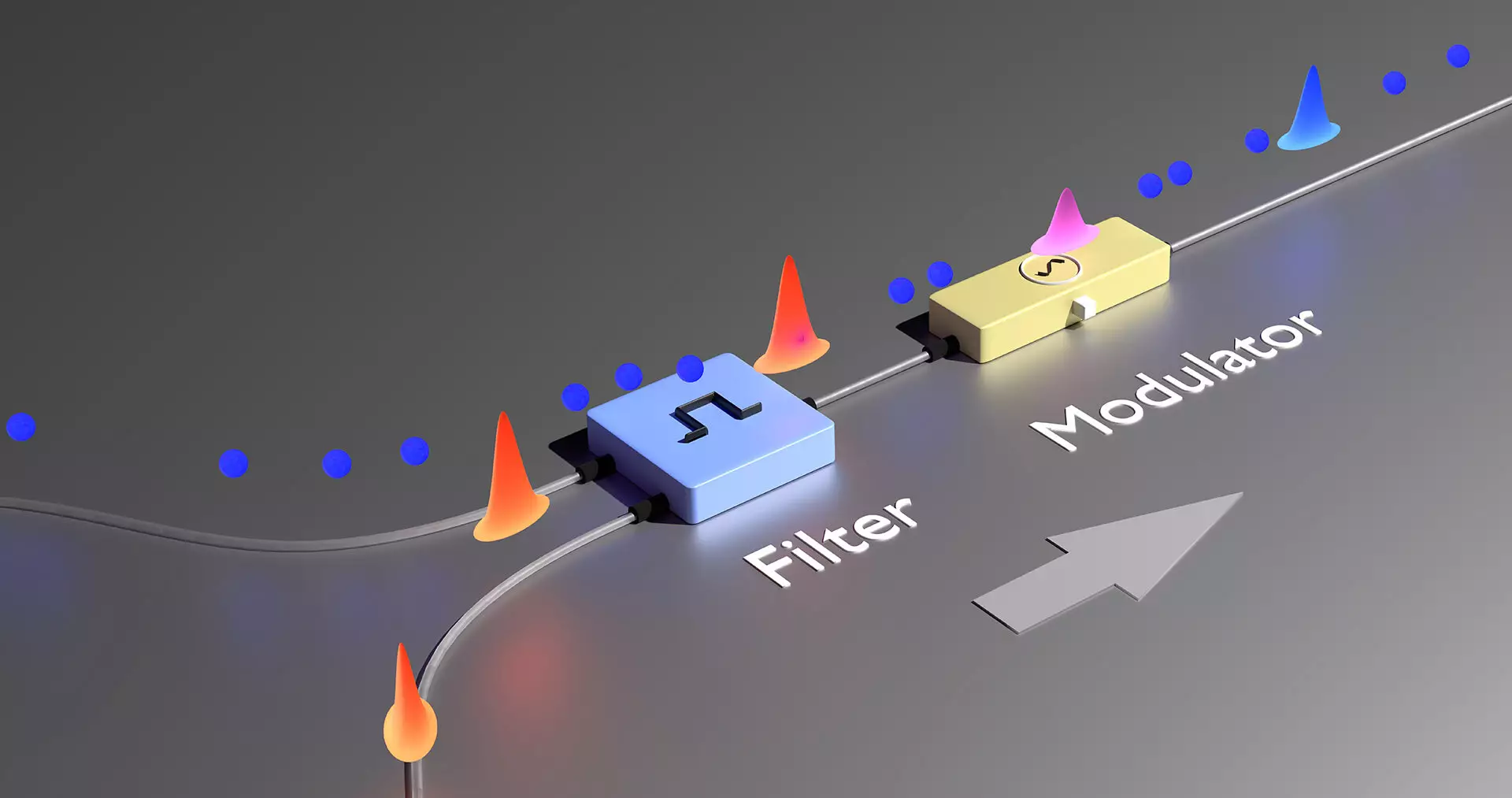In a striking advancement that could reshape the landscape of telecommunications, a team from the Institute of Photonics at Leibniz University Hannover has introduced an innovative transmitter-receiver system capable of sending entangled photons through optical fibers. This development heralds a significant leap towards realizing the quantum internet, a network promising unprecedented security features that traditional internet structures cannot match. Within this emerging framework, eavesdropping becomes a relic of the past, as the encryption methods developed could elude even the most sophisticated future quantum computers.
The Promise of Entangled Photons
Professor Dr. Michael Kues, who spearheads the research team, emphasizes the necessity of transmitting entangled photons via these established optical networks to materialize the vision of a quantum internet. This goal dovetails with the ambition to sustain current internet operations while seamlessly integrating quantum capabilities. The research underscores a pivotal shift: it is essential not just to innovate but to ensure compatibility between legacy systems and new technologies.
The researchers have provided evidence that the unique properties of entangled photons can be maintained even as they travel alongside laser pulses. This is crucial because, until now, any attempt to merge traditional data channels with quantum data was hamstrung by interference from the entangled photons.
Revolutionizing Data Transmission
At the heart of this innovation is a method that enables the modification of a laser pulse’s color via high-speed electrical signals, allowing it to match the color of the entangled photons. Philip Rübeling, a doctoral candidate involved in the study, articulates how this mechanism facilitates the simultaneous transmission of laser pulses and entangled photons in a shared optical channel. This breakthrough highlights a significant divergence from previous attempts that rendered the optical fiber useless for conventional transmission when entangled photons were present.
Jan Heine, another researcher from Kues’ group, asserts that this new approach alleviates the color channel blockage that has historically hindered the integration of both types of communication. By allowing entangled photons and data signals to occupy the same channel without disruption, the system maximizes the fiber’s potential, paving the way for a hybrid network that could operate efficiently on multiple fronts.
The Road Ahead for Quantum Networks
This pioneering research, published in Science Advances, not only enhances theoretical understanding but also provides tangible strategies for practical application. The notion of combining a quantum internet with existing infrastructures reflects a broader trend toward hybrid solutions in technology. As society continues to navigate the complexities of data security, this advancement offers a tantalizing glimpse of a future where privacy could be guaranteed through secure quantum channels.
As the pursuit of a quantum internet intensifies, Kues and his team encourage further exploration and validation of similar technologies. The implications for critical sectors including finance, healthcare, and national security are profound. By blending the reliability of current systems with the promising attributes of quantum transmission, the groundwork is being laid for a transformative digital landscape.
The race for the quantum internet may have just entered an exciting new phase, characterized not just by ambition but by genuine feasibility. This innovation doesn’t merely mark a milestone; it represents the potential for a seismic shift in how communication, privacy, and security are approached in our increasingly interconnected world.


Leave a Reply